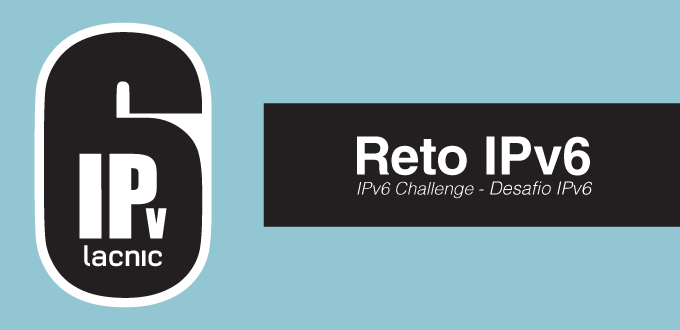From Zero to One Hundred in Three Months: IPv6 Deployment at a Mexican ISP
29/10/2020

The project for IPv6 deployment at SattLink, an Internet service provider in Oaxaca, Mexico, implemented by Tecnologica Simeon of Chile was selected as the winner of the eighth edition of the IPv6 Challenge, a competition designed and promoted by LACNIC in Latin America and the Caribbean.
In just three months, the Mexican ISP managed to put into operation an IPv6-enabled platform in a GPON network, Wi-Fi including hotspot and IPv6, an IPv6-only datacenter, and IPv6 in the entire core and access network.
“Expectations were exceeded, as the goals were achieved faster than originally anticipated,” said Jose Gregorio Cotua, General Director of Chilean company Tecnologica Simeon.
What did the project “IPv6 Deployment for the GPON Platform of the SattLink ISP in Oaxaca, Mexico” comprise?
The project comprised the modernization of the network platform of SattLink, an operator based in the state of Oaxaca, Mexico. It included the deployment of a fiber optic access network with GPON technology and native IPv6 support. It also considered the installation of an IPv6-only datacenter, where servers important for the operation of the ISP were deployed, including DNSv6, DNS64, DoH, NTP, WEB, RSyslog and RADIUS, PostgreSQL database, VoIP server and Telephony on Asterisk, and a VPN server with encryption.
One of the peculiarities of this datacenter is that, by using translation techniques with protocols and transition mechanisms such as NAT64, SIIT, SIIT-DC and 464xlat, it allowed these servers to provide services to IPv4 networks and even to the IPv4 Internet. This project also considered the deployment of IPv6 with Wi-Fi and hotspot in multiple locations served by the ISP. In other words, the project included the full deployment of IPv6 in the entire platform of the ISP.
What results did this project achieve? Did these results meet the expectations that had been set for the project?
(Free access, no subscription required)
The results of the project were important for the ISP. Prior to 2020, the ISP had not deployed IPv6 in its network. The project was merely a vision and was still in its initial planning stage.
Executed within the framework of the eighth edition of the IPv6 Challenge, in just three months this project allowed the ISP to have an IPv6-enabled platform on a GPON network, Wi-Fi with hotspot and IPv6, an IPv6-only datacenter, and IPv6 in its entire core and access network. Expectations were exceeded, as the goals were achieved faster than originally anticipated.
How would you compare IPv6 deployment in the region with the situation with other parts of the world?